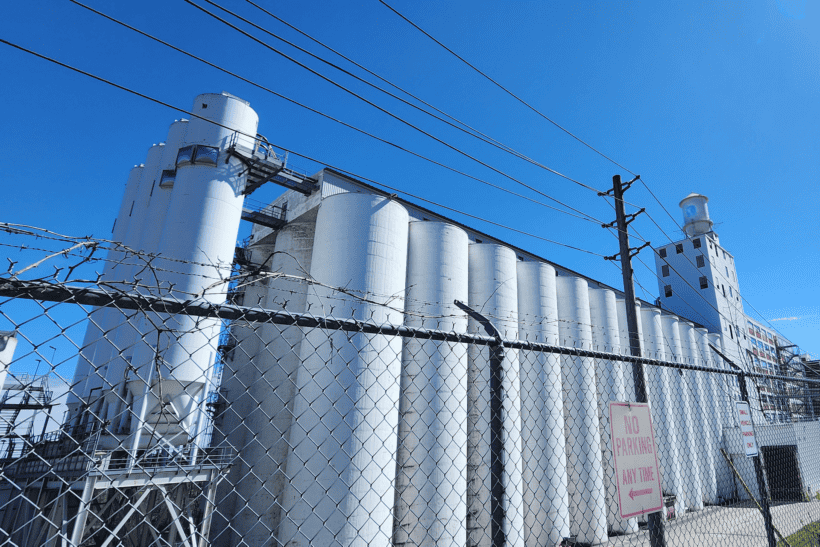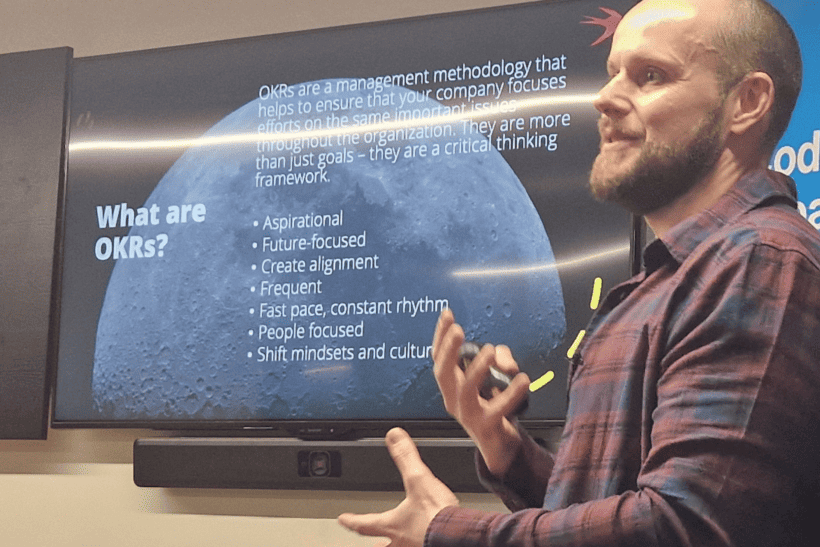Something we’re often asked is how to start reaping the benefits of agile quickly, sustainably, and effectively, without the need to undergo a full scale, organisational agile adoption or transformation?
Many of our clients have already received agile training and most understand what agile is, but where they get stuck is applying what they’ve learned.
McKenna Agile Consultants pride ourselves on being agile in our approach to agile coaching, meaning that we offer simple, effective and practical coaching to start to put into practice agile in these organisations.
To show you how some agile techniques can be put into practice, we’ll be releasing a blog series with some of our top hints and tips. This is part one of the series where we focus on healthy backlogs.
Practical Agile Coaching – Healthy Backlogs
Whether you’re doing Scrum or not, you’ll probably have a backlog. A backlog is all work required to fulfil a vision. Backlogs can be referred to as a product backlog, sprint backlog, or team backlog, amongst others, but for the purposes of this post, we’ll use the term ‘backlog’.
“You put garbage in, you get garbage out” is a phrase that springs to mind when we are reviewing backlogs. When an organisation is experiencing quality issues, this is one of the first places that we start. If you have not got a clear, value-focused, well-formulated backlog of work, you’ll likely end up with a whole host of challenges such as long lead times, poor quality, low morale, unhappy customers/end users and misaligned teams.
To keep your backlogs in good health, consider asking yourself the following questions:
- Who creates the items in the backlog?
- Do you allow team members to collaborate with the product owner to create higher-quality user stories?
- How accessible is the backlog?
- Is your backlog DEEP? (DEEP backlogs are Detailed Appropriately, Estimated, Emergent and Prioritised)
- Do you have a timebox for regular backlog refinement sessions?
- Do you have a work intake mechanism to prevent “garbage” from making it to the backlog?
- Do you have a definition of ready? Is it lightweight enough to support experimentation but robust enough to ensure quality?
- If a stakeholder asked you “how long would it take to deliver the whole backlog?”, how much effort would it be to provide an estimate that you would be comfortable with?
- Finally, if you’re backlog is in desperate need of some TLC, what would be the impact of deleting it and starting again? What could be more Agile than that?!
Backlogs are the Starting Point
Backlogs are often the starting point for improvements for teams that we work with. We find that we can see huge improvements purely by looking at the way in which we define and manage the work that we are doing. This applies to teams whether they are using an agile method or just want to improve flow.
Since the pandemic, we’ve seen a surge in enquires into our practical agile training course, which is an interactive workshop that explores the agile mindset, scrum, kanban and the application of these in practice.
The next article in this series of Being Agile in Practice is all about Stable Teams.


